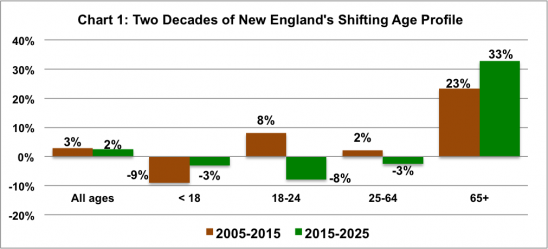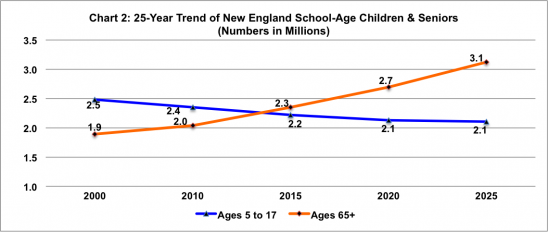Northern New England States Anticipate Higher Lyme Disease Levels for 2014
/Officials in Northern New England are anticipating record or near-record levels of Lyme Disease in their states during 2014 when the final numbers are tallied.
Maine Center for Disease Control and Prevention Director Sheila Pinette recently told the Associated Press that when the 2014 stats are in, the state is likely to exceed the record high of 1,384 cases of the illness in 2013. Vermont officials say their state is on track for its second- or third-highest total on record in 2014, following the 2013 high of 671, and New Hampshire officials say the numbers there are in line with recent years, which included a record-high in 2013. Official data will be released in the coming months.
Connecticut’s 2014 stats are due in March, and officials did not comment on what they are anticipating. In 2013, Connecticut had 2,108 confirmed cases, according to the Department of Public Health, and a total of 2,918 confirmed or probable cases of Lyme disease were reported. The largest number were in Fairfield County, New London County and New Haven County.
It is unclear whether better reporting methods or environmental factors – or both – are behind the apparent growing numbers in New England. Symptoms can include fatigue, fever, skin rashes, and a headache. Left untreated, it can lead to arthritis, facial palsy, and problems with the nervous system. 
Last summer, the Centers for Disease Control and Prevention reported that an estimated 300,000 Americans get the tick-borne disease every year, PBS reported. The number of cases has been increasing.
Most instances of Lyme Disease are concentrated in the Northeast, with 95 percent of them in 14 states, including Connecticut, along with Delaware, Maine, Maryland, Massachusetts, Minnesota, New Hampshire, New Jersey, New York, Pennsylvania, Rhode Island, Vermont, Virginia and Wisconsin.
In 2013, it was the 5th most common Nationally Notifiable disease, according to the CDC. Last year, the Pennsylvania legislature established a task force that will operate within the Pennsylvania Department of Health to help the department develop better surveillance, educate the public about Lyme disease, and advise health care professionals.
The 2,918 cases in Connecticut in 2013 reflected an increase from 2,660 in 2012, but a drop from 3,041 cases in 2011 and 3,068 in 2010.
































